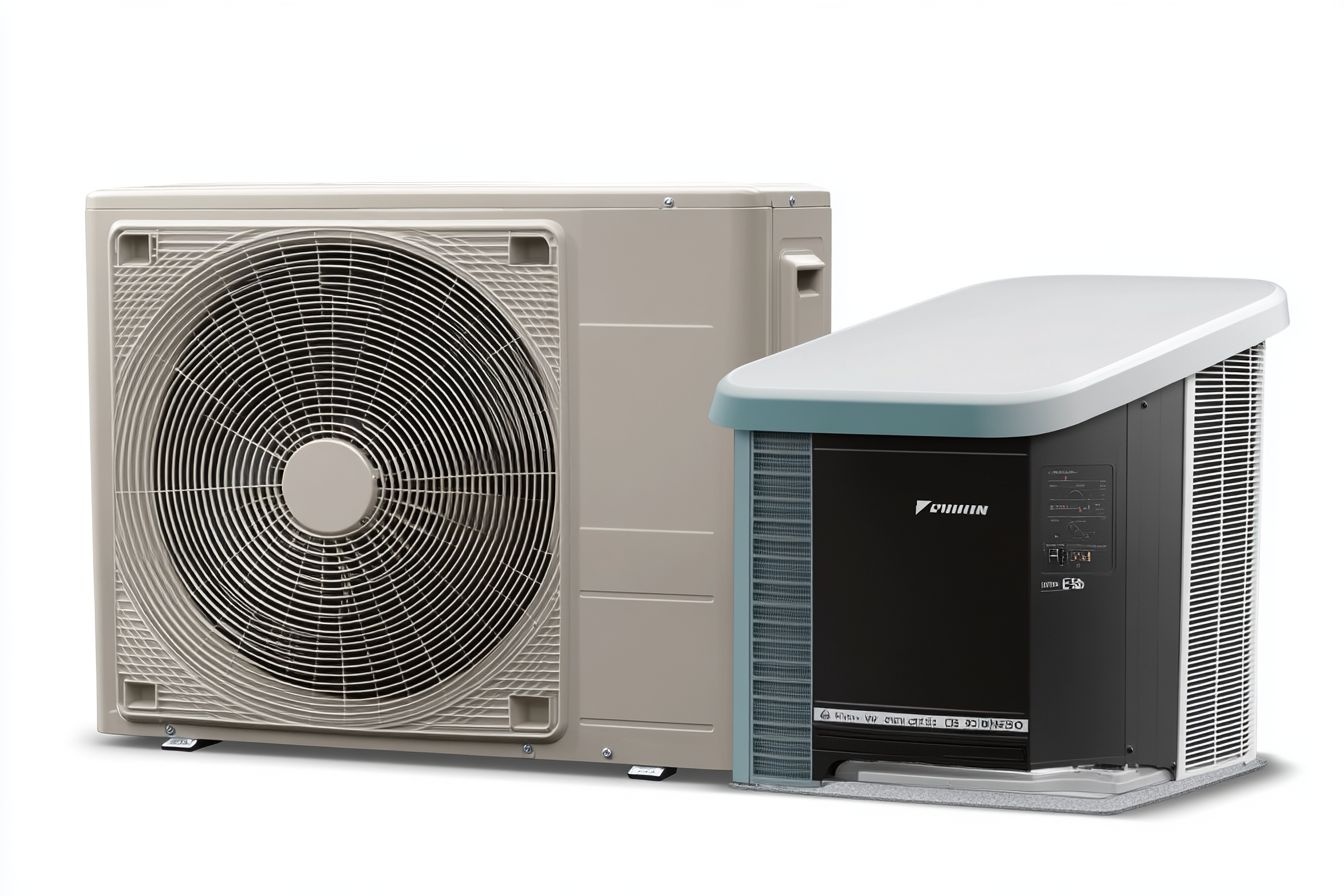HVAC Essentials: Heating, Ventilation & Cooling Guide
Discover how HVAC systems keep homes and businesses comfortable year-round. This comprehensive overview explains heating, ventilation, and air conditioning basics, installation steps, routine maintenance tips, typical system types and costs, and how to choose the right professional. Learn practical advice on maximizing efficiency and longevity for your HVAC investment.

Professional HVAC Installation Process
A successful HVAC installation begins with a detailed on-site evaluation. A trained technician assesses the building’s square footage, floor plan, insulation, window orientation, and unique comfort needs to determine the correct system capacity and layout. Proper sizing and system selection are essential to avoid short-cycling, uneven temperature control, and inflated operating costs.
Once the plan is finalized, the installation proceeds through several coordinated steps. Outdoor units are positioned on stable pads with appropriate clearances, while indoor components—air handlers, furnaces, or evaporator coils—are placed for optimal airflow and service access. Ductwork is installed or modified to ensure balanced distribution, and refrigerant lines, condensate drains, and electrical connections are routed and secured. Technicians follow manufacturer instructions and local building codes at every stage, and many systems require precise refrigerant charging and performance testing before final commissioning.
Throughout the process, attention to detail matters: proper insulation on refrigerant lines, tight duct seals, correct electrical sizing, and calibrated thermostats all influence system efficiency and reliability. Reputable installers will provide a walkthrough of system features, operating instructions, and documentation of warranties once installation is complete.
Importance of Regular Maintenance
Routine upkeep is the best defense against unexpected breakdowns and declining efficiency. A professional maintenance visit typically includes cleaning or replacing air filters, verifying refrigerant charge, inspecting electrical connections, lubricating moving parts where applicable, and confirming adequate airflow through the system. Technicians also check safety controls, thermostat calibration, and drainage to prevent issues such as condensate overflow.
Regular servicing improves energy efficiency, reduces wear on components, and can extend the useful life of the equipment. It also helps identify minor problems—leaky ducts, corroded wiring, or failing capacitors—before they escalate into costly repairs. Most HVAC specialists recommend at least two preventive maintenance checks per year, scheduled in spring (before cooling season) and fall (before heating season), to prepare systems for their busiest periods.
Common HVAC System Types and Costs
When selecting a system, homeowners and building managers weigh factors such as upfront cost, operating efficiency, installation complexity, and the presence or absence of ductwork. Below is a concise overview of commonly used systems and typical price ranges for equipment and installation.
| System Type | Average Cost Range | Installation Time |
|---|---|---|
| Split System | $3,000 - $7,500 | 1-3 days |
| Heat Pump | $4,500 - $8,000 | 2-3 days |
| Ductless Mini-Split | $3,000 - $10,000 | 1-2 days |
| Package Unit | $4,000 - $8,000 | 1-2 days |
Prices, rates, or cost estimates mentioned are approximate and may change over time. Independent research is advised before making financial decisions.
A few notes on these options: traditional split systems (separate indoor and outdoor units) are common for homes with existing ductwork. Heat pumps offer both heating and cooling in a single system and are especially efficient in moderate climates. Ductless mini-splits are ideal when ductwork is impractical, providing zoned control with minimal invasive installation. Package units contain all components in one outdoor cabinet and are often used in commercial settings or on rooftops.
Selecting the Right HVAC Professional
Choosing an installer or service technician is as important as choosing the equipment. Seek contractors who carry proper licensing and insurance, and hold industry certifications from recognized bodies. Experience with your chosen system type—whether heat pumps, gas furnaces, or ductless systems—ensures smoother installations and more effective troubleshooting.
Look for clear communication, transparent pricing, and written estimates that break down labor, parts, and warranty details. Positive customer reviews, references, and a history of adhering to local codes are strong indicators of reliability. Many reputable companies offer free consultations or system audits and will provide maintenance agreements that outline service intervals and priority scheduling.
Maximizing Value and Longevity
HVAC equipment is a long-term investment in comfort and property value. Proper initial sizing and professional installation reduce the likelihood of premature failures, while scheduled maintenance keeps systems running at peak efficiency. Upgrading to higher-efficiency models or adding smart thermostats and zoning can lower utility bills and improve control.
As technology advances, modern systems incorporate better compressors, variable-speed motors, and improved refrigerants that deliver quieter operation, finer temperature control, and greater energy savings. When planning replacements, consider lifecycle costs—installation, maintenance, and operating expenses—rather than just the lowest purchase price.
Well-chosen equipment installed by qualified professionals and maintained consistently can deliver reliable comfort for many years. Investing time in research, vetting contractors, and committing to preventive care will pay dividends through reduced repairs, lower energy bills, and a more comfortable indoor environment year-round.






